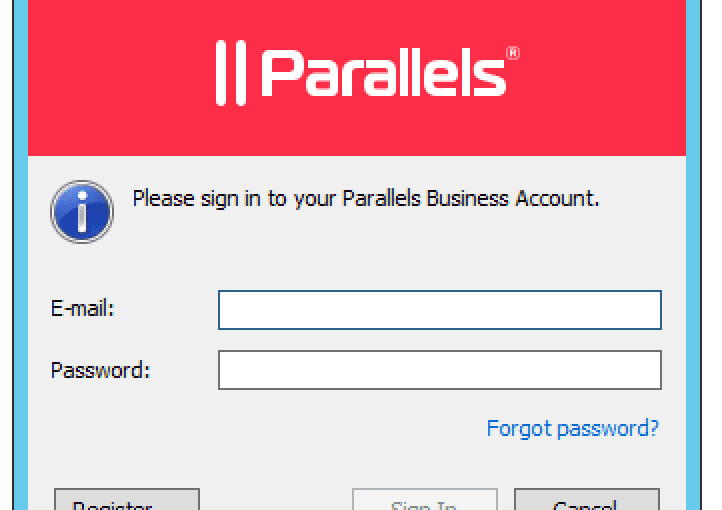
Zero Clients | Definition from Parallels RAS
A zero client, also referred to as an ultra-thin client, is a stripped-down, user-end PC employed in a virtual desktop infrastructure (VDI) and centralized computing infrastructure. In zero-client deployments, the end-users machine has no local storage. This thin consumer-facing device is impressive in its ability to cut costs and simplify IT infrastructure deployments.
Zero clients are stripped-down machines that connect to a keyboard, mouse, and monitor. They also require an Ethernet connection to a remote server. They do not contain internal storage, memory, a processor, or a native operating system (OS). Instead of a typical microprocessor, they come with a purpose-built chipset.
What Does a Zero Client Do?
Most zero client manufacturers often optimize the chipset to handle solely one specific VDI (Virtual Desktop Infrastructure) protocol such as Teradici PC-over-IP (PCoIP) or Microsoft Remote Desktop Protocol (RDP). For example, the Wyse P25’s “processor” is a low-power, silent Teradici TERA2321 PCoIP chipset. By relying on a VDI, it uses minimal amounts of power when sending and receiving computation requests over a network.
The server’s connection is made through Remote Desktop Protocol (RDP), which can be enhanced by a comprehensive VDI solution. It can be challenging to compare the differences and specifications between thin clients and zero clients due to rapid technological developments.
However, the usual distinction is those thin clients still maintain a physical OS on the device, and zero clients access the OS on a server. In place of the OS, they use firmware to connect to a remote server. The firmware used has a super-fast boot-up time with minimal maintenance support than conventional thin clients. Finally, zero clients do not require software installation or configuration.
Zero Client Market Share
The global virtual client computing market is rapidly growing, thanks to the agile workforce and increasing demands for lower costs, enhanced security and simplified IT management. Grand View Research expects the market size for global virtual client computing to grow at an annual compound annual growth rate (CAGR) of 23.0% for the period 2020 to 2026.
According to the report, the market share is expected to grow by a CAGR of 16.37%. In the same period, revenues increased from nearly US$250 million in 2019 to over US$330 million in 2020.
The demand for them is rapidly growing, owing to various reasons:
- More and more businesses adopt digital transformation strategies to cut down on costs, enhance productivity and improve security by leveraging virtualization technologies.
- There is a growing trend where organizations use mobile devices and other collaboration tools to drive productivity.
- Further fueling the interest in zero clients is the increasing costs of deploying and maintaining PCs.
As lightweight, locked-down end-user devices, zero clients are a perfect choice for organizations that want to enhance productivity with minimal expenditures at premium security.
Differences between Thin Clients and Zero Clients
Both thin clients and zero clients are high-performance VDI workspaces that you can use to connect to a remote server. However, some differences exist between them that are worth noting.
VDI connection types
While thin clients have many VDI connection types that you can centrally manage (although this is not necessary), zero clients usually run with one or two connection types. As such, thin clients are more flexible than zero clients. However, you’ll enjoy robust graphics and video experience when using zero clients than with thin clients.
Configuration
While thin clients boast of minor and rare software updates compared to traditional PCs, you still need to update them more regularly and on a larger scale than zero clients. Configuring thin clients is a straightforward process because all you need is to leverage templates from previous configurations.
When it comes to zero clients, the configuration process is short and simple since there are minimal maintenance and update requirements.
Task capacities
Thin clients are flexible when it comes to meeting specific end users’ needs. For example, IT administrators can decide which apps to install to the thin client through a simple drag and drop process. Zero clients, on the other hand, have their applications provisioned from the remote server—meaning, users can only access those apps that are available to them from the server.
Advantages and Disadvantages of a Zero Client
Benefits
- Easier to set up and deploy. All the configuration tasks are handled on the server, and tasks such as booting are faster.
- They consume less energy than their thin client counterparts. You can easily power them using an Ethernet cable via Power-over-Ethernet (PoE) switches.
- They offer more security than their thin client counterparts. They don’t store any data on them—all the images received from a centralized computing infrastructure are encrypted. As such, they offer enhanced security and compliance than thin clients.
- Simpler to maintain. Since firmware upgrades and patches are rare, maintenance costs are kept at a bare minimum.
- Deliver high performance. They can provide high performance when optimized for a particular VDI protocol.
- They are easier to update. Firmware images in zero clients are small in size (only a few MBs) compared to many GBs in thin clients’ OS. As such, updating them is easier.
Drawbacks
- They frequently have poor graphic rendering capabilities.
- Because they rely on remote servers for the majority of their processing, performance depends on the network connection.
- Numerous zero clients are designed to work with a single vendor or connection broker. Some may need to be changed, although this is at best a hassle and at worst results in vendor lock-in.
Parallels RAS Enhances the Zero Client Experience
The comprehensive virtual application and desktop delivery solution, Parallels® Remote Application Server (RAS), offers an unrivaled user experience on IGEL and 10ZiG zero clients, further reducing the cost and complexity of VDI deployments on lightweight endpoint devices. Benefits include lightning-quick start-up times, centralized management made easy through intuitive controls and low energy consumption.
The overall simplicity of Parallels RAS enables customers to control critical VDI, application streaming, printing and reporting features, all from a simple and intuitive user interface. Additionally, the end-user Parallels Client is instantly, securely accessible on zero-client machines on an on-demand basis.
Want to take a test drive? Try a free 30-day Parallels RAS experience!


